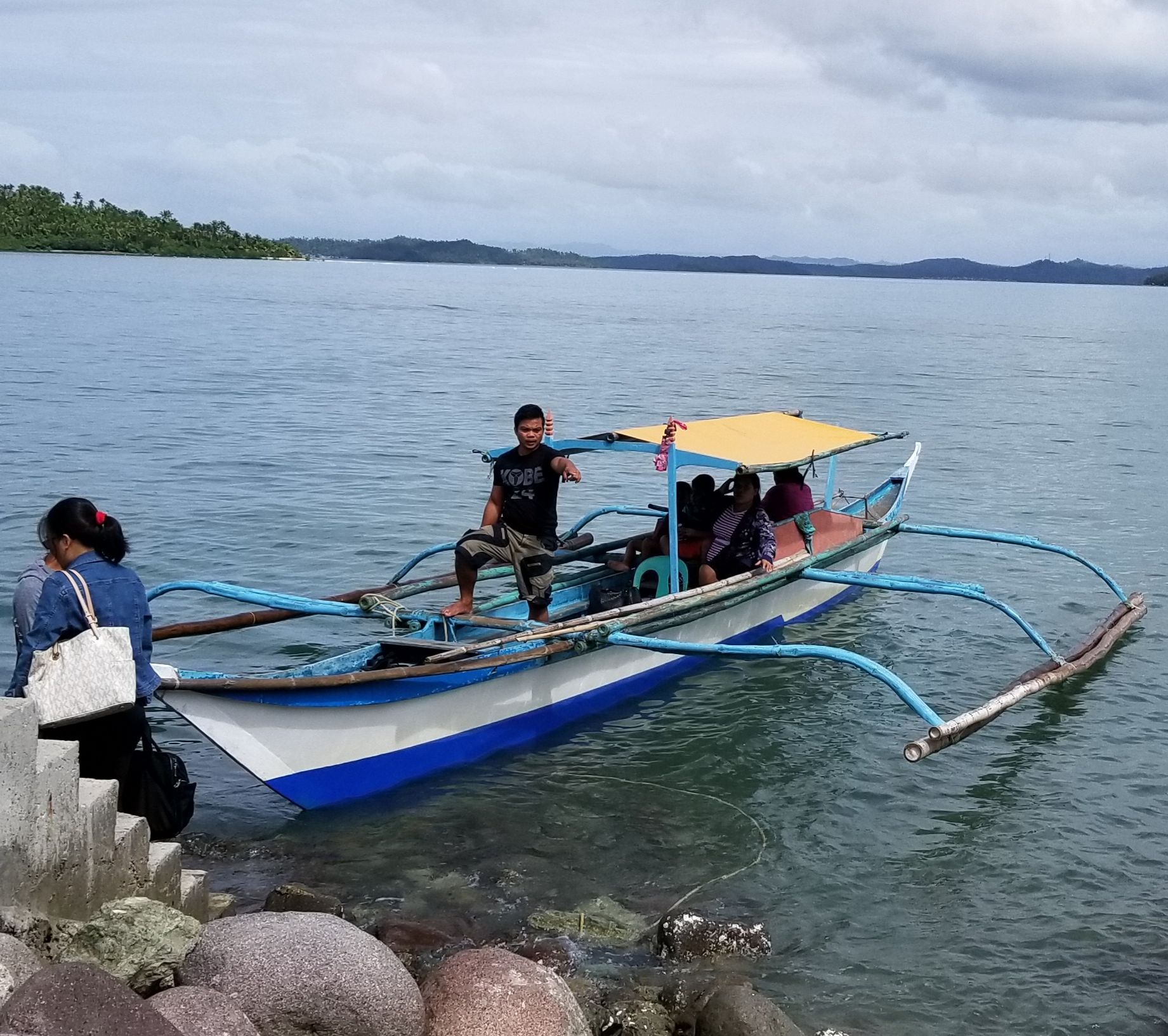IDCA News
All IDCA News
18 Mar 2023
UN Doha Program of Action Identifies Investment Needs in Developing World
A United Nations meeting focused on least-developed countries (LDCs) recently convened in Doha, Qatar, with the mission of getting 46 nations “back on track to achieving the UN Sustainable Development Goals (SDGs),” according to a UN statement following the conference.
The meeting, entitled, “LDC5: Prom Potential to Prosperity” outlined six aspects to what the UN calls the Doha Program to Action:
1. Investing in people, eradicating poverty and building capacity
2. Leveraging the power of science, technology & innovation
3. Supporting structural transformation as a driver of prosperity
4. Enhancing international trade and regional integration
5. Tackling climate change, COVID-19 & building resilience
6. Mobilizing international partnerships for sustainable graduation
Specifically, attendees called for projects to improve biodiversity, address continuing malnutrition, to “resilience building” programs. This sort of project could include development of a food stockholding mechanism for the LDCs, an online university focusing on STEM education especially for women and girls, an international investment support center, a sustainable graduation support facility, and comprehensive multi-hazard crisis mitigation measures. A financial commitment of $500 billion per year was cited, with an additional official development assistance (ODA) goals of 0.15 to 0.2% of developed-nation income (which would amount to another $500 billion to $1 trillion).
The Digital Divide Remains
Longstanding concerns about the globe's Digital Divide were also raised, in light of a recent report from the International Telecommunications Union (ITU) that found two-thirds of the population in LDCs is still not on the internet. ITU data is one of the many sources that feeds the foundation of IDCA Smart Nations Research – our figures show an even great disparity, similar divide, with internet access as low as 5% of the population, and 13 countries below 20%.
The Doha meeting resulted in several pledges, ranging from tens of thousands of dollars to a pledge of 200 million euro from the government of Germany. Many of the pledges involve multiple parties, conditions, and relatively modest amounts of funding.
IDCA Smart Nations research also finds that investment levels of 0.15 to 0.2% of global GDP could more than triple existing LDC electrical grids, sustainably, with similar amounts needed to build out Digital Infrastructure and then new economic growth around it.
Yet the complex nature of many of the Doha pledges demonstrate how the devil is in the details in achieving tangible change. One would expect the same from similar funding tied to any sort of initiative.
LDCs and Frontier Markets
The UN defines the following countries as LDCs: Afghanistan, Angola, Bangladesh, Benin, Bhutan, Burkina Faso, Burundi, Cambodia, the Central African Republic (CAR), Chad, Comoros, the Democratic Republic of the Congo (DRC), Djibouti, Eritrea, Ethiopia, the Gambia, Guinea, Guinea-Bissau, Haiti, Kiribati, the Lao People’s Democratic Republic (PDR), Lesotho, Liberia, Madagascar, Malawi, Mali, Mauritania, Mozambique, Myanmar, Nepal, Niger, Rwanda, São Tomé and Príncipe, Senegal, Sierra Leone, Solomon Islands, Somalia, South Sudan, the Sudan, Timor-Leste, Togo, Tuvalu, Uganda, Tanzania, Yemen, and Zambia.
IDCA uses a slightly different process than the UN to define LDCs, so finds Cambodia, Senegal, and Zambia, for example, to be in the Frontier Markets category, one tier above the LDCs. Frontier Markets are, to certain types of adventurous investors, the most exciting places to see high risk-reward opportunities. Highly dynamic Frontier Markets uncovered within the IDCA Smart Nations EESG Digital Readiness of Nations Index include Bhutan, Kenya, Vietnam, and Sri Lanka.
Additionally, within the IDCA group of LDCs, IDCA has identified Rwanda, Ethiopia, Timor-Leste, and Uganda to be particularly dynamic, scoring relatively well in the Index, and primed for substantive socioeconomic growth.
Photograph by Roger Strukhoff.
Follow us on social media: